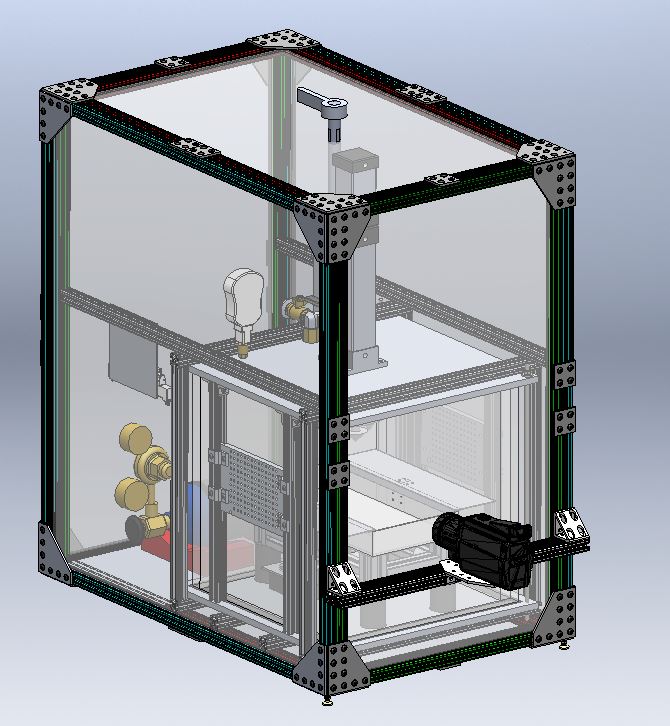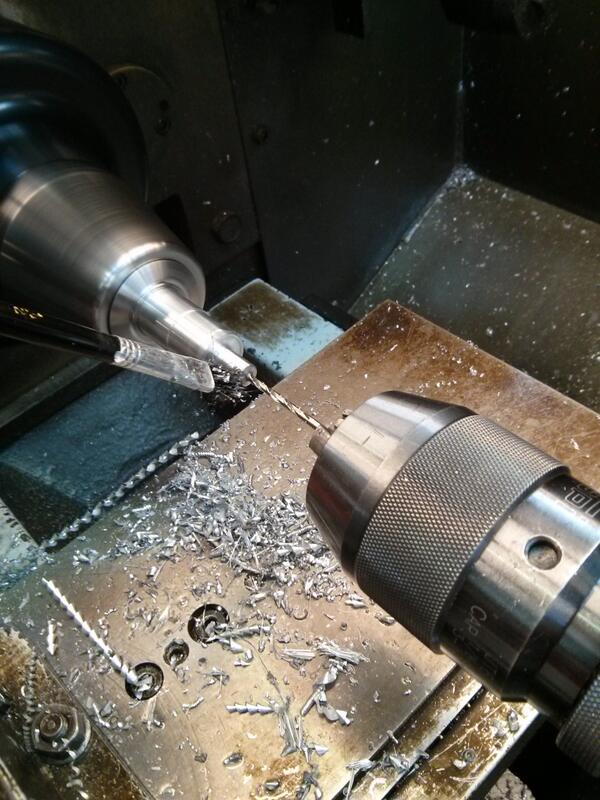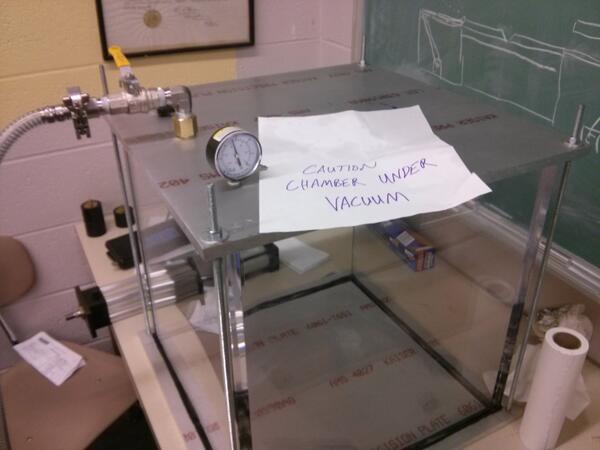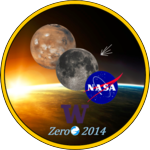About This Project
One of the most dangerous aspects of Lunar and Martian exploration is having to deal with the abrasive dust, known as regolith. Our research hopes to reduce some of the harmful effects of regolith on astronauts and robotic explorers by seeing how the dust reacts when different cones impact a lunar dust bed in microgravity. We will perform our experiment through the NASA Microgravity University aboard the ZeroG Vomit Comet.Ask the Scientists
Join The DiscussionWhat is the context of this research?
Lunar regolith has proved a problem for past Lunar missions, notably
the Apollo missions, and will continue to be a concern in the future. The characteristics of regolith, including its extreme abrasiveness and electrostatic properties make Lunar operations a challenge. Because of the scarcity of collected Lunar regolith and the unique environment that must be created to represent Lunar conditions, Lunar dust behavior and characteristics are not yet fully understood.
By better understanding Lunar regolith characteristics, dust mitigation strategies and techniques can be focused to address the true obstacles. Our experiment aims to qualitatively and quantitatively explore the impact reaction of regolith in response to varying impact geometries. A pneumatic cylinder (with attached impact geometries) will provide an impact force to a bed of Lunar regolith simulant, with the resulting ejecta characteristics including size, density, direction, and velocity being recorded. Many of the related experiments in the past have used spheres as the impact geometry, but none have explored conical geometries. We will be using 3 different conical geometries at different tip angles: 45, 60, and 120 degree tips.
To simulate the environment, we will run the experiment inside a vacuum chamber and will run it in a zero gravity environment aboard the NASA Vomit Comet at Johnson Space Center. We a one of only 18 teams who will participate in the 2014 NASA Microgravity University.
What is the significance of this project?
If the resulting relationship between ejecta and impact geometry can be
successfully characterized, potentially expensive dust mitigation techniques can be tailored to areas around the astronaut or robotic explorer that are expected to encounter more detrimental dust ejecta, e.g., high velocity or denser particulate. The result would help organizations like NASA understand the characteristics of lunar dust better and help design equipment that have a drastically extended life. This can potentially decrease both the cost and weight future exploration activities as design can be done on Earth before bringing it to the Moon or Mars.
What are the goals of the project?
We are hoping to get two data sets:
- Density of the ejected dust
- Velocity and trajectory of the dust
Once the data has been recorded, we will be using Matlab and Image Processing programs that will analyze the video we collect and map the densities of different areas of the ejecta plume over time. Our experimental setup is made specifically for PIV and we have consulted fluid dynamic graduate students who have helped verify our designs. After the flight week (May 30 – June 7) we expect about a month or two to analyze all of the flight data and compress it into a concise statement of what geometry worked best (least regolith ejecta) and what areas around the impact site are most likely to have the highest concentration of regolith.
Budget
While NASA foots the bill for the ZeroG plane flight, the teams themselves must raise the funds to both build the experiment and send the 8 flight/ground crew members to Houston for the duration of the flight week (~10 days).
We are currently constructing our experiment with the donations from the UW but are restricted to a certain amount due to the cost of travel to Johnson Space Center (flights, shipping, hotels, food). Any donations will allow us to more freely purchase the raw materials and tools needed to build a robust experiment and not have to worry about it bumping into our travel expenses. The $2000 initial goal will be used to primarily help fund the travel expenses. The stretch goals will allow us to purchase better equipment or contract out some of the manufacturing to machine shops for more precise parts of the experiment.
Any extra funds past the amount needed will go towards funding future Microgravity Teams at the UW. A percentage of the funds will go towards the cost of hosting this campaign through experiment which is detailed on their website.
All donors will have their names or usernames included on the experiment exterior. Any donors in the Seattle area are welcome to come by the UW to check out our experiment in person!
Endorsed by
Meet the Team
Team Bio
The UW Microgravity Team is a group of highly motivated undergraduate students in the University of Washington College of Engineering. We are an interdisciplinary group that build upon our individual skills to build something awesome! Each member of the team brings experiences from various internships, research, and projects that all help to contribute to this project. We all have a passion for space and contributing to the knowledge and technology that will help humanity explore other worlds in the future.Members of the team have done internships at: NASA Ames Research Center, Boeing, Aerojet, Ball Aerospace, Cisco Systems, Intellectual Ventures Lab, CH2MHill Plateau, and Efficiency Solutions to name a few. Past team members have gone on to work at places like Tesla or entered graduate studies around the US.
The team is being advised by Professor James Riley of Mechanical Engineering and Applied Mathematics who received his PhD in Fluid Mechanics from Johns Hopkins University.
Press and Media
Please follow us on twitter and check out our website for the latest updates!Website: http://depts.washington.edu/zerog
Twitter: https://twitter.com/astrodawgs
Instagram: http://instagram.com/astrodawgs Please check out the NASA Microgravity University Program that allows us to perform our experiment in a zero gravity environment.
https://microgravityuniversity.jsc.nasa.gov/
Additional Information
We are finalizing our experiment designs and have begun manufacturing with the funds we currently have to make the deadlines set by NASA. This is an early prototype model of our enclosure design. We'll be refining the design as time goes on and will keep the Experiment campaign and all of our backers updated. Our website and twitter will also be updated on a regular basis.




The UW Microgravity team has been very successful in zerog experiments in the past. Most recently the 2012 team flew their experiment related to centrifugal sifting of lunar regolith. Check out their video from July 2012!
Project Backers
- 28Backers
- 105%Funded
- $2,100Total Donations
- $75.00Average Donation

